Tungsten Carbide axle sleeves&bushings
Crafted from tungsten carbide alloy, they boast hardness surpassing ordinary materials. Significantly enhancing stability and reliability, our sleeves & bushings deliver superior performance in extreme operating conditions.
Tungsten carbide axle sleeves & bushings, extensively applied in industrial sectors like heavy machinery, automotive, aerospace, and precision equipment manufacturing. Boasting outstanding hardness, wear resistance, and dimensional stability, they act as crucial components to ensure stable operation and prolonged service life of key equipment.
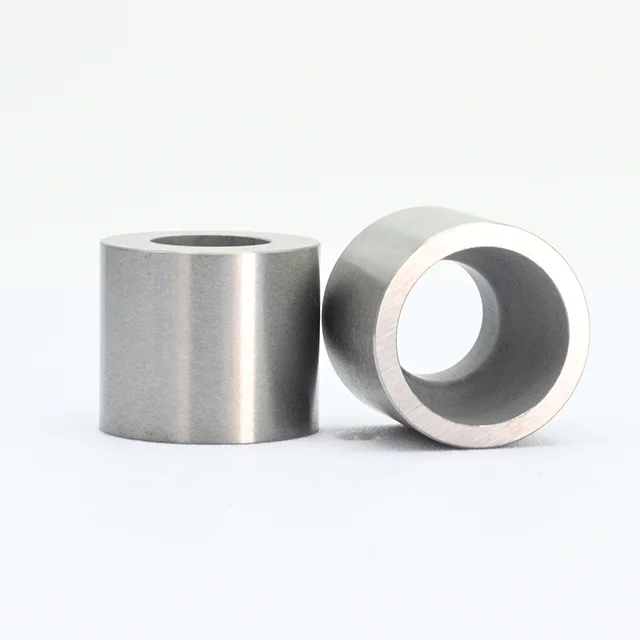



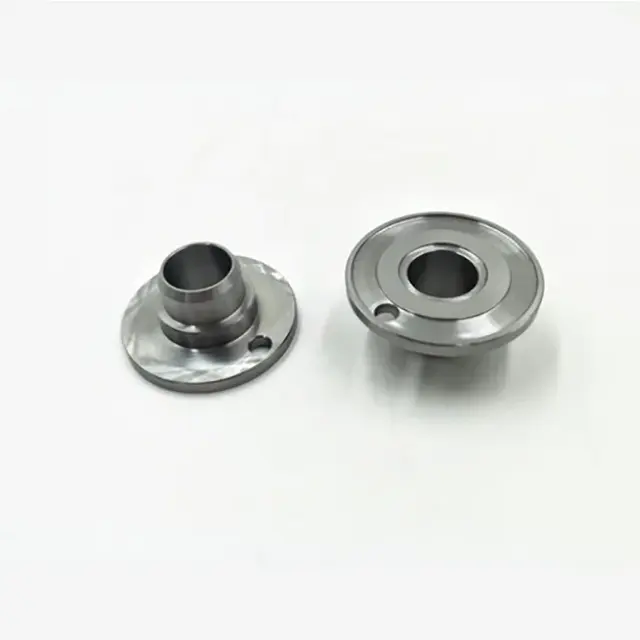
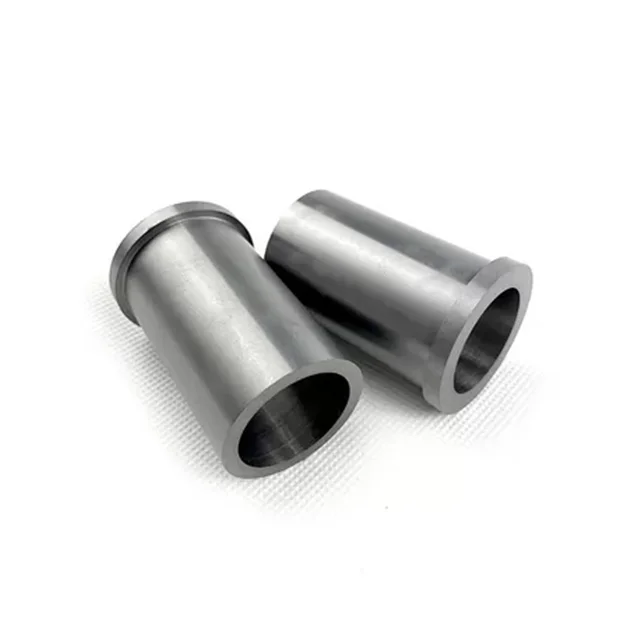
Tungsten carbide shaft sleeves and bushings, thanks to their excellent performance, act as reliable “wear – resistant supports” in key equipment across multiple industries. The following are the main application scenarios.
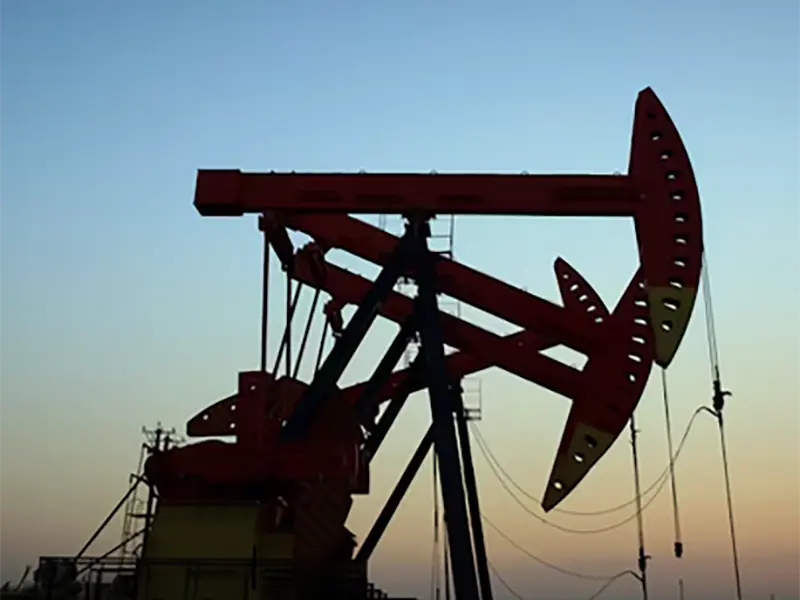
Oil and gas industry

Mining industry
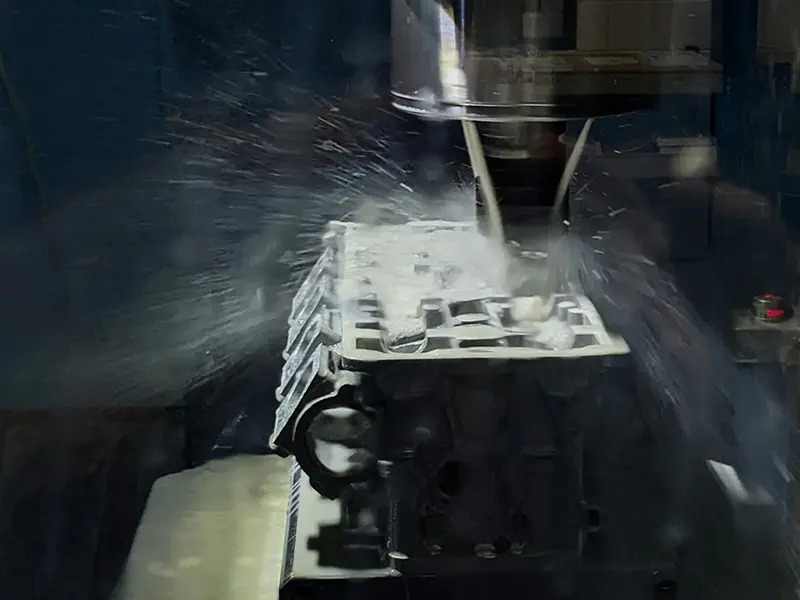
Mechanical processing industry

Chemical industry
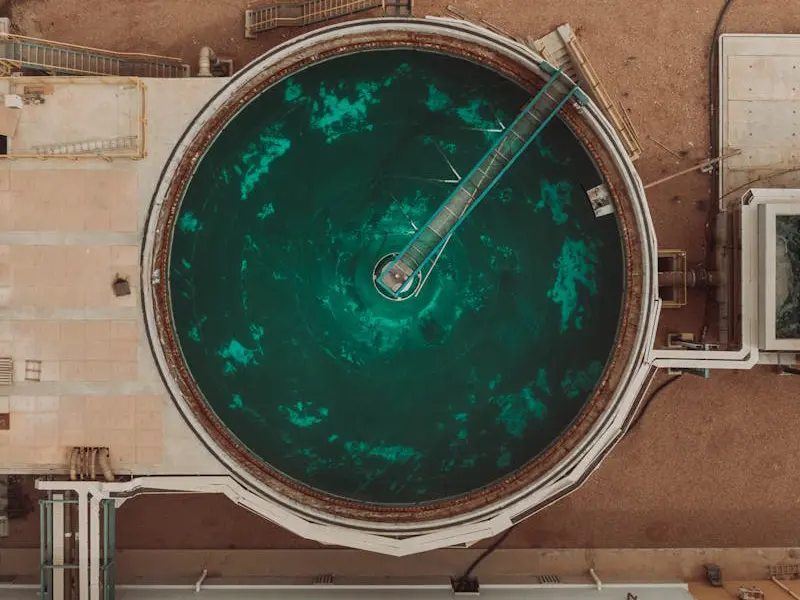
Environmental Protection Industry
Get free samples
What Are Tungsten Carbide Axle Sleeves & Bushings?
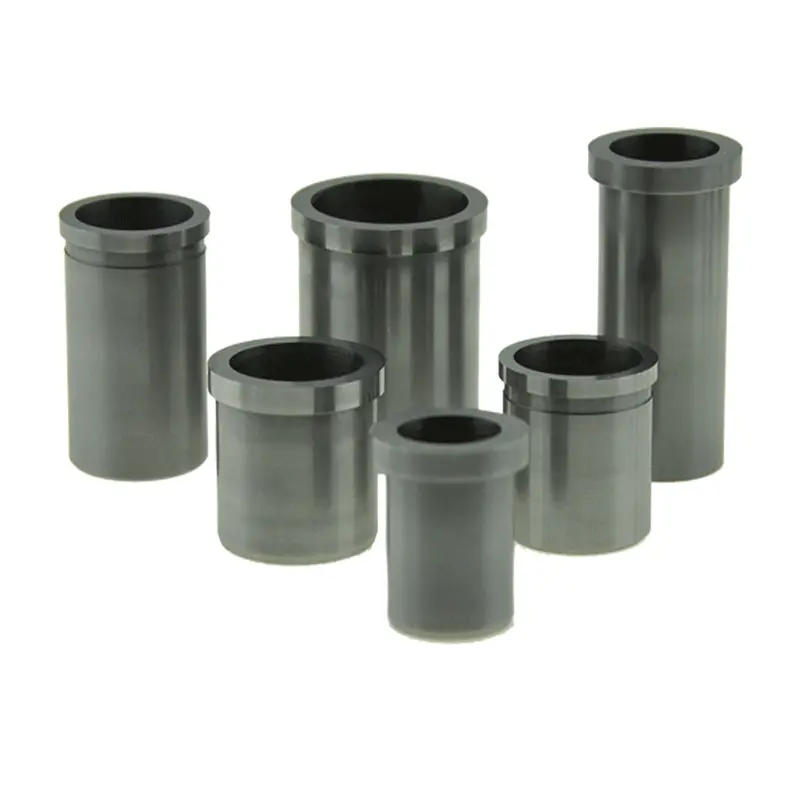
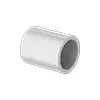
Sleeve Bearings
- Structure: Precisely machined tungsten carbide – cobalt alloy sleeves with smooth inner and outer surfaces.
- Key Advantages: Wear – resistant to reduce friction (30% less friction in oilfield pumps), high load – bearing capacity, and resistant to downhole fluid corrosion (service life 4 – 6 times that of steel bearings).
- Typical Applications: Main bearings of downhole drilling motors, rotating shafts of oilfield centrifugal pumps, and gearboxes of drilling rigs.
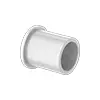
Flanged Sleeve Bearings
- Structure: Tungsten carbide sleeves with integral flanges, precision – ground surfaces, and tantalum carbide for enhanced performance.
- Key Advantages: Easy installation with flanges, precise alignment (reducing failure risk by 40%), excellent wear and corrosion resistance (1/5 wear rate of bronze bearings), and high – temperature resistance (up to 250°C).
- Typical Applications: Inlet/outlet sections of oilfield pipeline pumps, rotating components of oilfield heat exchangers, and valve actuators of oil and gas pipelines.
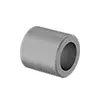
Drill Bushings
- Structure: Tungsten carbide bushings with precisely sized inner holes for drill guidance, optional ceramic coating on the outer surface, high hardness (HRA 90 – 92), and impact resistance.
- Key Advantages: Precise drill guidance (reducing bit deviation by over 50%), high wear resistance (3 – 5 times the service life of traditional bushings in hard – rock drilling), and impact resistance for continuous operation.
- Typical Applications: Drill strings of drilling rigs, well completion reaming operations, and horizontal well drilling.
I. Basic Physical Parameters
1. Material Composition
- Primarily based on a tungsten carbide (WC) matrix, combined with binders like cobalt (Co). Common grades include YG8 (with approximately 8% Co) and YG15 (with around 15% Co). Grades with higher cobalt content offer better toughness for impact – prone conditions, while those with lower cobalt content prioritize hardness for wear – intensive scenarios.
- Special alloys with added elements like titanium (Ti) or tantalum (Ta) can be customized to enhance high – temperature resistance and corrosion resistance (e.g., for axle sleeves in high – temperature pumps in the petrochemical industry).
2. Hardness
- Typically ranges from HRA85 to 92 (Rockwell hardness A scale), far higher than ordinary steel sleeves (a significant difference when converted from HRC50 – 60). This ensures wear resistance in extreme conditions; for example, axle sleeves in mine crushers require HRA≥90 to withstand sand and rock impacts.
3. Density
- Approximately 13.5 – 14.5g/cm³ , varying with cobalt content and alloy composition. The high – density characteristic helps maintain structural stability during high – speed rotation and under high pressure, reducing the risk of centrifugal deformation.
II. Dimensional and Installation Parameters
1. Nominal Dimensions
- Inner Diameter (ID): Ranges from φ5mm to φ500mm , suitable for shaft diameters in applications from precision machine tool spindles (small inner diameters) to large mining equipment (large inner diameters). For instance, the inner diameter precision of axle sleeves in aero – engines can reach within ±0.005mm.
- Outer Diameter (OD) and Length (L): Customizable as needed. Common axle sleeve lengths range from 10mm to 500mm; due to the need to support long shafts, axle sleeves in oil mud pumps are often over 200mm in length.
2. Tolerance and Fit
- Inner Diameter Tolerance: For precision scenarios (e.g., aerospace, high – end machine tools), it can reach H7 grade (within ±0.015mm) to ensure accurate fit with shafts. For heavy – duty industrial scenarios (e.g., mining), H8 grade is commonly used, allowing a larger gap to compensate for installation errors.
- Interference Fit: When fitting with mounting seats, the interference ranges from 0.02mm to 0.1mm . Too little interference may cause loosening, while too much may crush the axle sleeve. It needs to be designed according to equipment conditions (e.g., vibration intensity, load direction).
III. Performance – Related Parameters
1. Wear Resistance
- Measured by “wear amount”. In laboratory simulations of mine conditions (sand scouring, heavy – load friction), high – quality tungsten carbide axle sleeves have a wear amount < 0.1mm over 1000 hours , far better than steel sleeves (which have a wear amount exceeding 1mm under the same conditions).
- Related Parameter: Surface roughness Ra, which can reach Ra≤0.8μm after precision grinding. Low roughness reduces the friction coefficient, lowers the risk of abrasive particle embedment, and extends wear – resistant service life.
2. Compressive Strength
- Under normal conditions, it ranges from 3000 – 5000MPa . It needs to withstand extreme pressures in equipment like mine crushers and high – pressure oil pumps (e.g., axle sleeves in mud pumps need to have a compressive strength ≥4000MPa to handle 2000bar pump pressure), preventing cracking and deformation under high pressure.
3. Temperature Resistance
- Short – term heat resistance can reach 800℃ – 1000℃ , with a continuous operating temperature of ≤600℃ . In high – temperature equipment such as metallurgical continuous casting machines and aero – engines, it ensures the stable operation of shaft components and prevents softening – induced failure due to high temperatures.
IV. Application – Adapted Parameters
1. Operating Condition – Adapted Parameters
- Applicable Pressure: Ranges from atmospheric pressure to 3000bar (e.g., axle sleeves in high – pressure valves in the petrochemical industry need to adapt to 3000bar pressure). It must match the pressure of the equipment’s hydraulic and fluid systems to prevent high – pressure leakage and component damage.
- Applicable Rotational Speed: Ranges from ≤10000r/min (for precision machine tool spindles) to ≤1000r/min (for heavy – duty mining equipment). For high rotational speeds, strict control of dynamic balance and centrifugal force is required to ensure shaft system stability.
2. Special Environment – Adapted Parameters
- Corrosion Resistance Grade: In chemical acid – base environments, it needs to be verified by “salt spray test duration”. For example, axle sleeves in petrochemical pumps require a 500 – hour salt spray test with no significant corrosion to ensure service life in harsh media.
- Impact Toughness: Measured by “impact energy”. Axle sleeves in mine crushers need to have impact energy ≥5J/cm² to withstand high – frequency impacts during ore crushing and prevent brittle fracture.
Through the optimization of materials and processes, the service life of tungsten carbide axle sleeves and bushings under extreme working conditions can reach 3 – 8 times that of ordinary metal sleeves, making them core wear – resistant components in the petroleum, chemical, mining, and heavy machinery industries.
Basic Formula: Tungsten Carbide + Binder
- Tungsten Carbide (WC)
- As the matrix phase, it is the key wear-resistant component, with a hardness as high as HRA90 – 95 (much higher than that of steel), providing excellent wear resistance and deformation resistance, enabling the axle sleeves and bushings to serve for a long time under the conditions of sand erosion and heavy load friction.
- The grain size of tungsten carbide affects its performance: fine grains (1 – 3μm) are suitable for precise and high-toughness scenarios (such as aero-engine axle sleeves); coarse grains (5 – 10μm) focus on extreme wear resistance (such as mine crusher axle sleeves).
- Binders (commonly Cobalt, Co; custom options include Nickel, Ni, Iron, Fe, etc.)
- Cobalt (Co): The most commonly used binder, it forms a metallurgical bond with tungsten carbide, endowing the alloy with toughness and balancing hardness and impact resistance. Common cobalt contents range from 6% – 20%:
- Low-cobalt (6% – 10%, such as YG8): High hardness and excellent wear resistance, suitable for low-impact conditions (such as oil pump axle sleeves).
- High-cobalt (12% – 20%, such as YG15): Strong toughness and good crack resistance, suitable for high-impact conditions (such as mine machinery axle sleeves).
- Special binders: Nickel-based (Ni) binders are used in corrosion-resistant scenarios (chemical acid-base environments); iron-based (Fe) binders reduce costs but have weaker performance than cobalt-based binders, and are only suitable for low-end applications.
- Cobalt (Co): The most commonly used binder, it forms a metallurgical bond with tungsten carbide, endowing the alloy with toughness and balancing hardness and impact resistance. Common cobalt contents range from 6% – 20%:
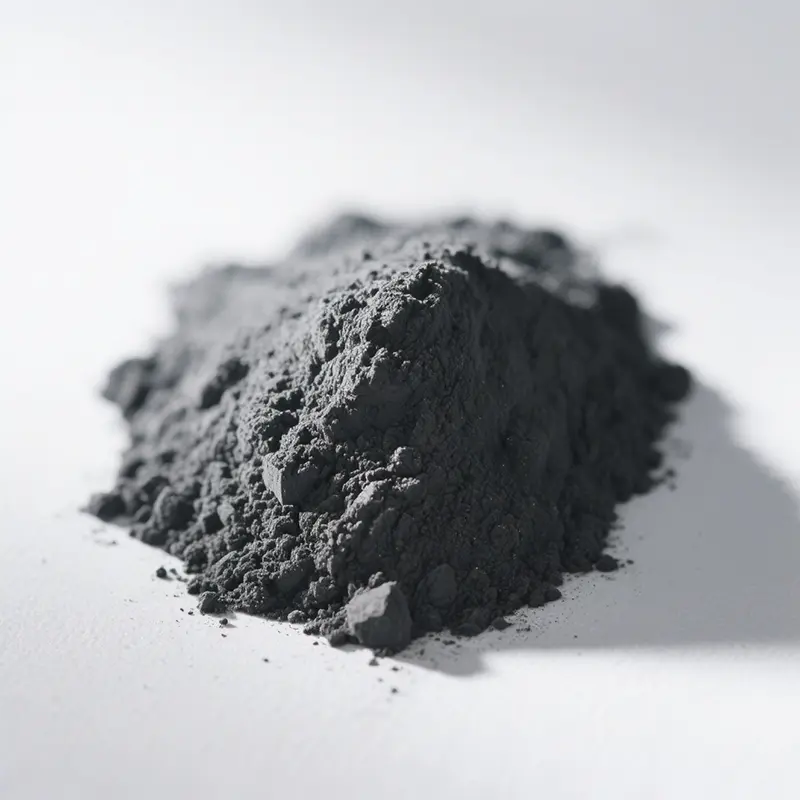
Performance Enhancement: Addition of Alloying Elements
- Titanium (Ti): Generates TiC, refines the grains, and improves high-temperature stability, suitable for high-temperature axle sleeves in aero-engines and metallurgical equipment.
- Tantalum (Ta) and Niobium (Nb): Form stable carbides, enhancing thermal shock resistance and corrosion resistance, and are used for axle sleeves in high-temperature and high-pressure pumps in the petrochemical industry.
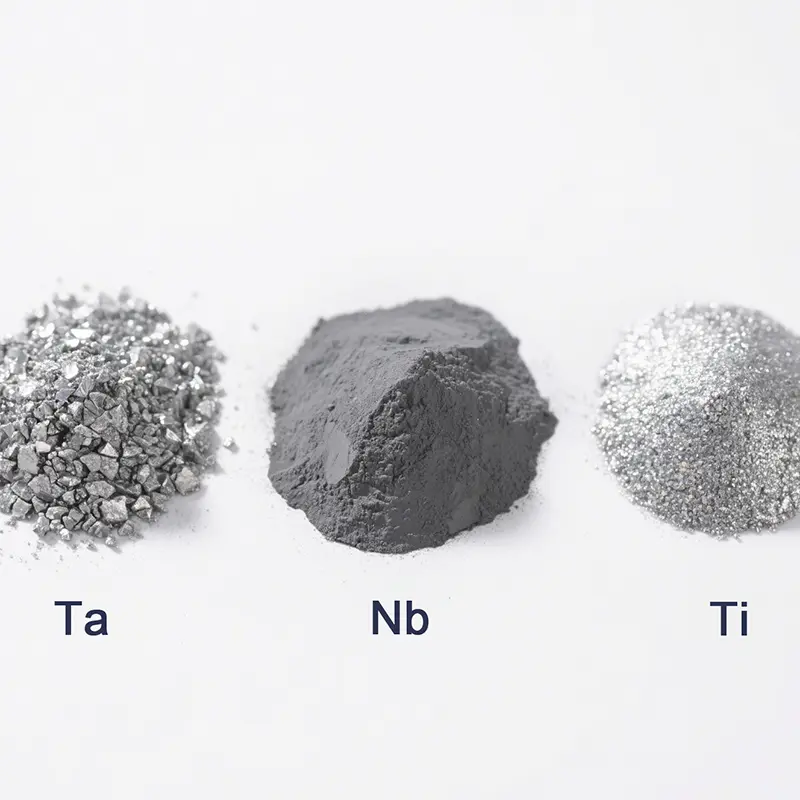
Composite Structures: Tungsten Carbide Coatings/Inlays
- Tungsten Carbide Coated Axle Sleeves
- With steel (such as 45# steel) as the base material, a 1 – 3mm thick tungsten carbide coating is applied to the surface through processes such as High-Velocity Oxygen-Fuel (HVOF) spraying and plasma spraying.
- Lower in cost than solid cemented carbide, it is suitable for scenarios with high wear resistance requirements but limited budgets (such as paper machinery roller sleeves and ordinary hydraulic cylinder bushings).
- Inlaid Tungsten Carbide Bushings
- Tungsten carbide blocks or strips are inlaid at the key wear-resistant parts (such as the inner hole and pressure-bearing surface) of the steel sleeve to locally enhance wear resistance, balancing cost and service life. This type is commonly found in the drum bushings of mine conveyors.
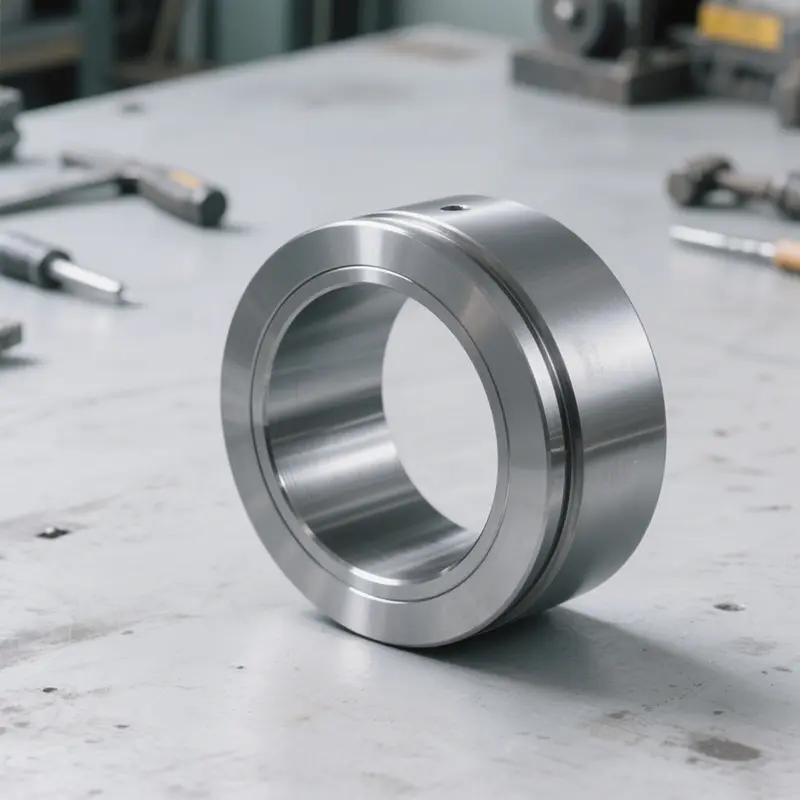
What Products Are Commonly Used For?
- Short service life: Frequent replacement due to wear or corrosion (e.g., the service life of oil drill bit bushings has increased from 50 hours for steel parts to 500 hours for tungsten carbide).
- Low reliability: Shutdown accidents caused by key component failures (e.g., leakage of bushings in chemical reaction kettles may lead to safety incidents).
- Precision loss: Machining errors in equipment due to wear (e.g., wear of main shaft bushings in machine tools affects part tolerances).
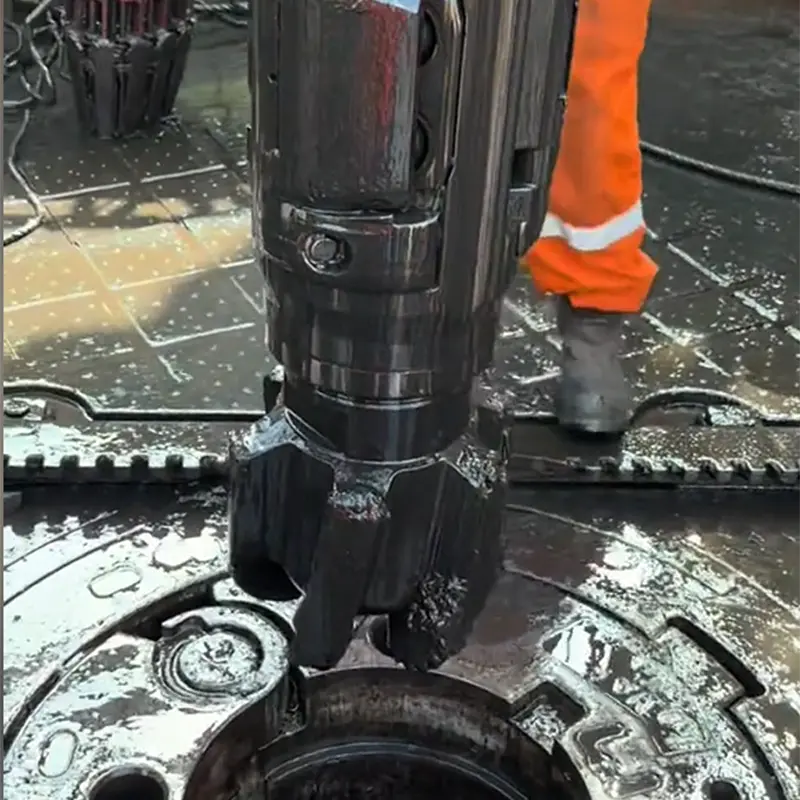
Petroleum Drilling Bit - Main Shaft Bearing
Withstands high temperatures (150℃+),high pressures (30MPa+),and rock cuttings abrasion,used in PDC bits and roller cone bits.
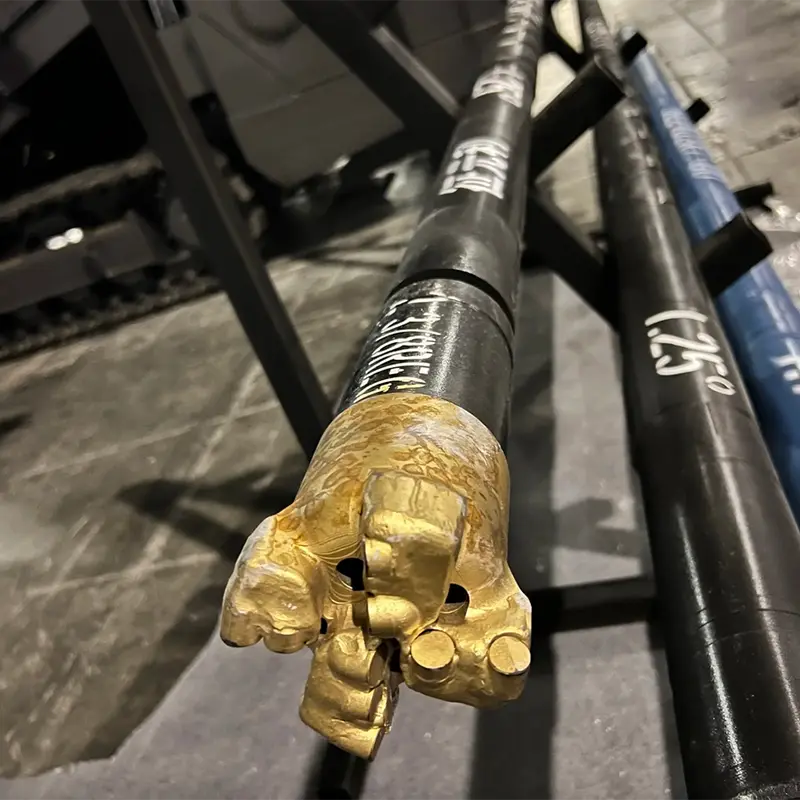
Screw Drilling Tool - Drive Shaft Protection Sleeve
Prevents mud corrosion and solid particle impact,extends the service life of downhole tools,suitable for directional and horizontal well drilling.
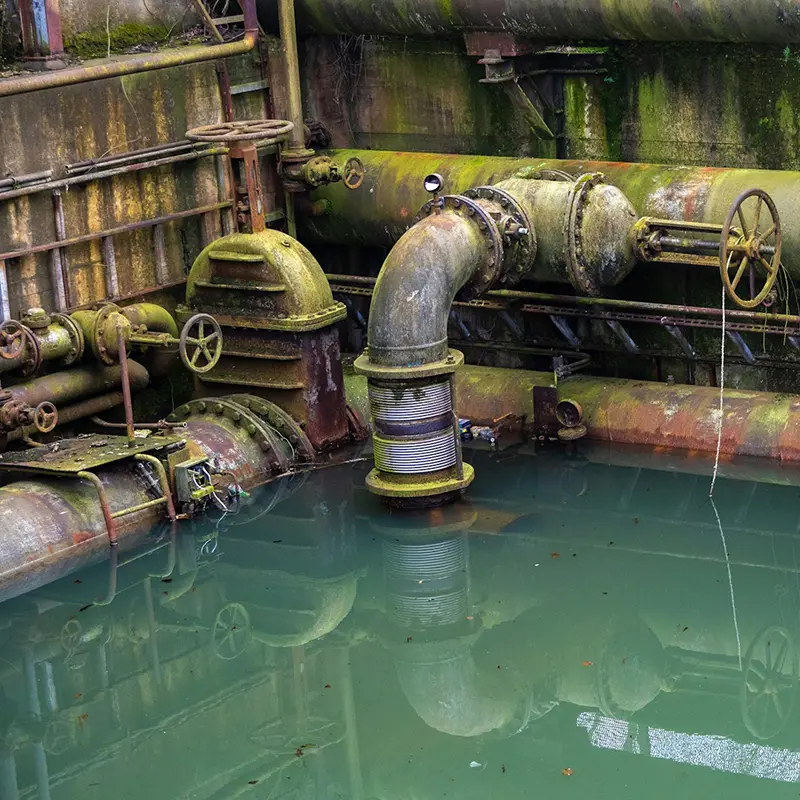
Oil Submersible Pump - Contact Surface of Plunger and Barrel
Resists corrosion from sulfides in crude oil and abrasion from sand particles,improves pump efficiency,common in rod and rodless pump systems.
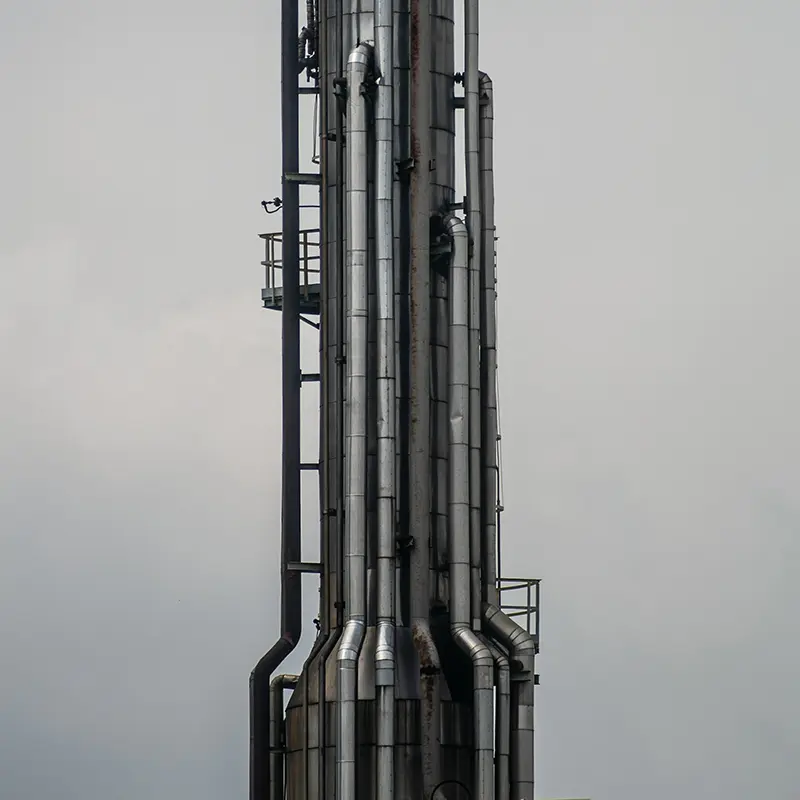
Refinery Vacuum Tower - Oil and Gas Pipeline Interface at Tower Top
Withstands high-temperature (400℃+) oil and gas erosion,prevents pipeline corrosion and leakage,used in key parts of distillation units.
Tungsten carbide bushings and casings are not only used in the petroleum and natural gas industry but also widely applied in other above-mentioned fields, including mechanical engineering, mining and metallurgy, aerospace and military, chemical engineering and medical devices, as well as other specialized sectors.
Here is the reference for replacement cycles of tungsten carbide bushings and casings in typical applications across different industries (affected by factors such as working conditions, load, and medium, specific cycles need to be adjusted according to actual scenarios):
Tungsten Carbide Bushings and Casings Replacement Cycle Reference Table
| Industry | Typical Equipment/Component | Replacement Cycle for Traditional Materials (e.g., Steel) | Replacement Cycle for Tungsten Carbide | Improvement Multiple | Key Influencing Factors |
|---|---|---|---|---|---|
| Petroleum & Natural Gas | Drill Bit Bushings | 50–100 hours | 500–1,000 hours | 5–10 times | Formation hardness, mud corrosivity, working pressure |
| Mechanical Engineering | Machine Tool Spindle Bushings | 3–6 months (continuous operation) | 18–36 months | 3–6 times | Machining load, lubrication conditions, cutting media |
| Mining & Metallurgy | Mining Crusher Casings | 200–500 hours | 2,000–5,000 hours | 4–10 times | Ore hardness, wear particle concentration, operating temperature |
| Chemical Engineering & Medical Devices | Reactor Vessel Bushings | 1–3 months (in strongly corrosive media) | 12–36 months | 4–12 times | Media corrosivity, sealing requirements, start-stop frequency |
Notes
- Data Variation Reason: The service life improvement of tungsten carbide is directly related to the severity of specific working conditions (e.g., the high-temperature and high-pressure environment in petroleum drilling yields a higher improvement multiple than ordinary machining).
- Industry Characteristics:
- In high-wear industries (e.g., mining), the anti-wear properties of tungsten carbide are more prominent;
- In strongly corrosive environments (e.g., chemical engineering), its corrosion resistance significantly extends service life.
- Maintenance Recommendations: Regular non-destructive testing (e.g., ultrasonic flaw detection) is advised to monitor wear/corrosion of tungsten carbide components, with replacement cycles dynamically adjusted based on equipment operation data.